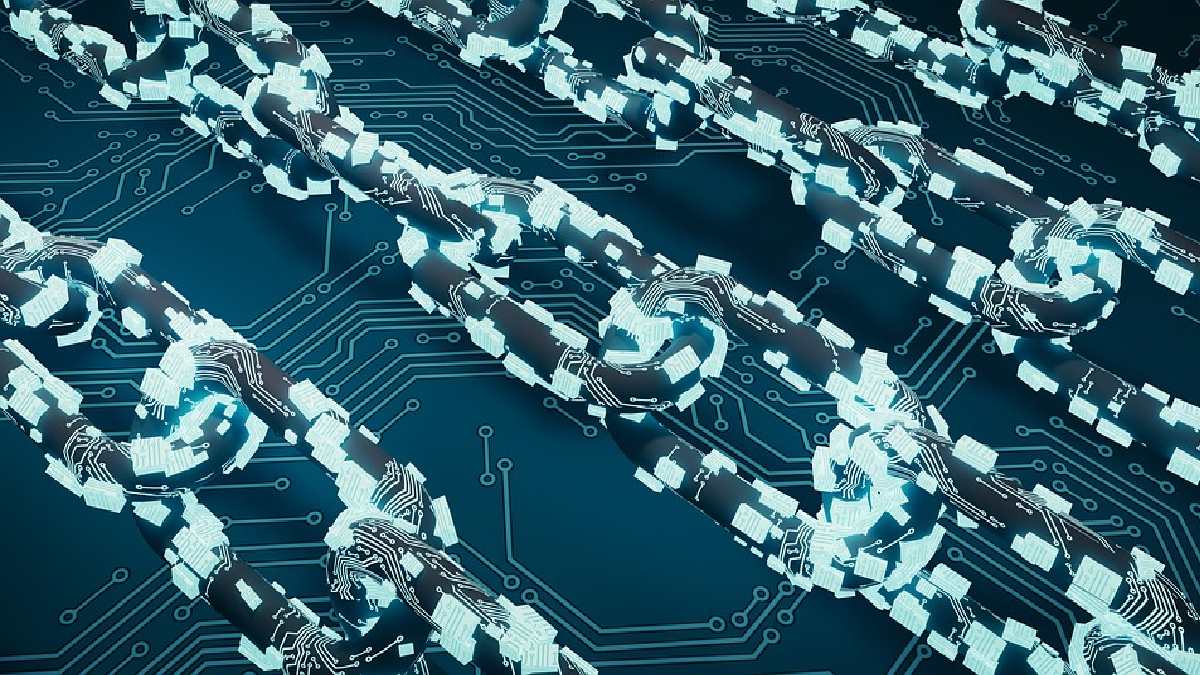
The crypto sector, which is still considered to be in its nascent stages of development, has an array of internal tools that aim to assist community members to experiment with their investments conveniently. Crypto ramps are among these tools that are used by new and existing crypto investors to join and exit programmes along with their funds. It has two categories — on-chain and off-chain. The use cases for crypto ramps are vast and span across different types of crypto activities.
What are On-Chain Ramps
On-chain ramps allow people to convert their fiat currencies into crypto assets.
Crypto exchanges are the most popular means for people to transition their fiat into crypto assets. They are classified as crypto on-ramps.
The proof-of-stake (PoS) crypto mining process, which requires miners to stake cryptocurrencies compatible with the blockchain to mine newer blocks and get rewards, also serve as an on-chain ramps instrument.
From play-to-earn (P2E) blockchain services and work-to-earn (W2E) offerings to Airdrops and NFT marketplaces — all fall under the category of on-chain ramps — which eventually get people to engage with the crypto sector in exchange for fiat currencies, a blog by ClubSwan explained.
What are Off-Chain Ramps
Those applications and services that allow existing digital assets holders to convert their investments back to fiat currencies are termed as off-chain ramps.
Crypto debit cards are an example of off-chain ramps that allows buyers to spend their crypto holdings in the form of fiat currencies in stores that do not accept cryptocurrencies as a mode of payment.
In October 2022, Visa teamed up with now bankrupt FTX exchange to launch crypto debit cards. Mastercard also launched crypto debit cards themed around NFTs.
Some on-chain ramps like exchanges and NFT marketplaces also serve as crypto off-ramp services where users can get back their fiat investments.
In a recent report, the CoinTelegraph Research and OnRamper claimed that geolocations play a vital part in ensuring that crypto on-chain and off-chain ramps complete transactions successfully.
The research alleged that 90 percent people who fail at facilitating crypto-fiat transactions end up abandoning the process for the long term due to high rates of transactional failures that hinders crypto usage and overall adoption.
The Internet connectivity, which varies from region to region, also plays a crucial role in ensuring smooth operations of these crypto ramps.
It is, however, noteworthy that on-chain and off-chain ramps often rely on and leave traces on centralised services like exchanges and licenced NFT marketplaces that slashes the anonymity quotient from crypto-related transactions to some extent.
For details of the latest launches and news from Samsung, Xiaomi, Realme, OnePlus, Oppo and other companies at the Mobile World Congress in Barcelona, visit our MWC 2023 hub.



